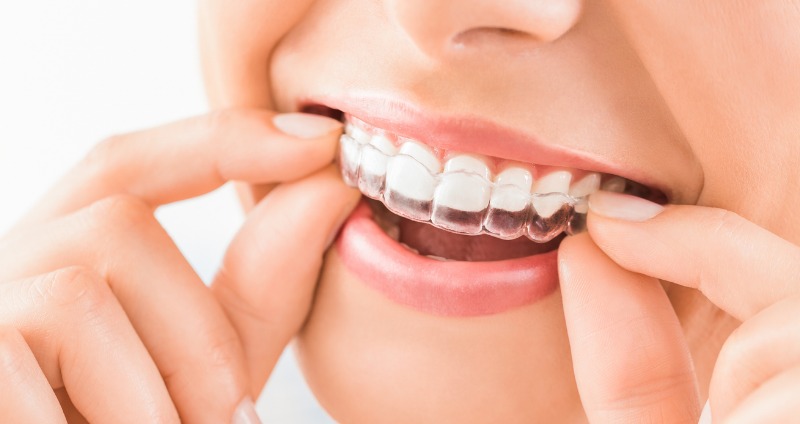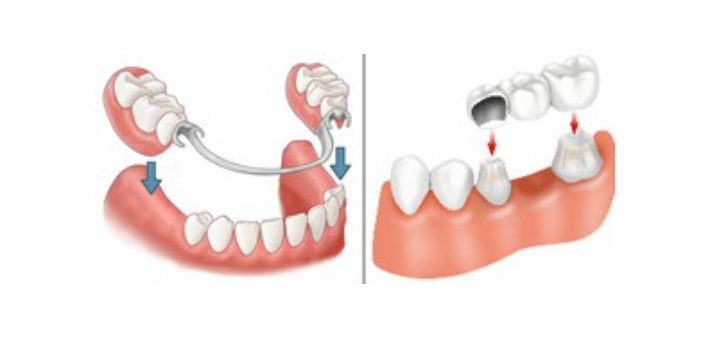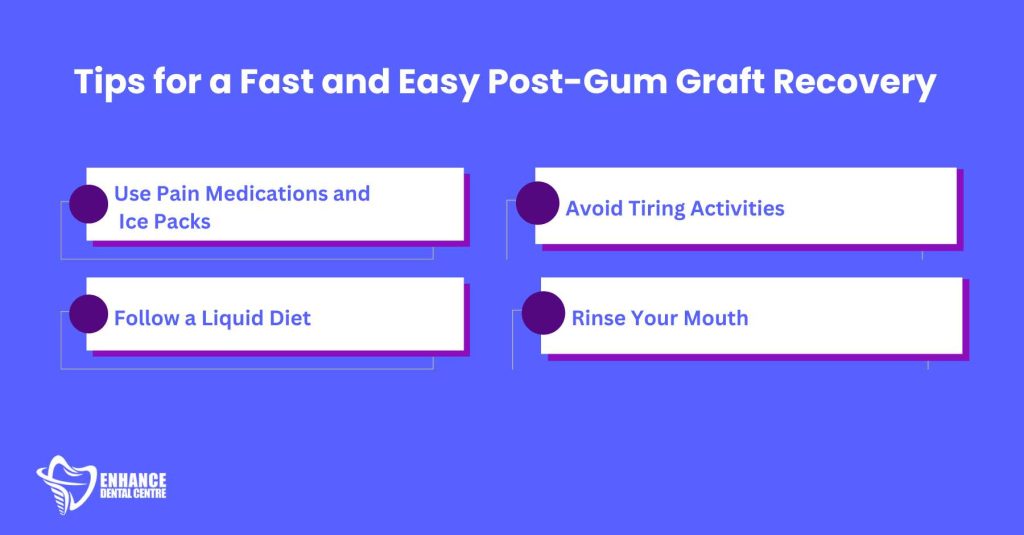Temporary Retainers For Teeth

Temporary retainers for teeth are an indispensable part of orthodontic treatment, serving as a critical component in the transition phase between active orthodontic treatment and long-term retention. The primary purpose of these devices is to maintain the new position of the teeth after braces or other orthodontic appliances have been removed, ensuring that the teeth do not shift back to their original positions. This period is crucial because, after the active movement of teeth, the bone and gums around the teeth need time to stabilize and solidify, a process that can take several months to a few years.
The importance of temporary retainers cannot be overstated. Without them, the risk of teeth movement increases significantly, which could undo the efforts and investments made during the orthodontic treatment. This article delves into the world of temporary retainers, exploring their types, how they are made, their advantages, potential drawbacks, and the overall role they play in maintaining a healthy, straight smile.
Types of Temporary Retainers
There are several types of temporary retainers, each with its own set of characteristics and advantages. The choice between them often depends on the patient’s specific needs, the extent of the orthodontic work done, and the preference of the orthodontist.
Hawley Retainer: This is one of the most common types of retainers. It consists of a metal wire that runs along the front of the teeth and is attached to an acrylic plate that fits against the roof of the mouth (for the upper teeth) or the floor of the mouth (for the lower teeth). The metal wire can be adjusted to ensure a proper fit and to make any necessary corrections.
Clear Retainers (Essix Retainers): These are made from a clear plastic material and are virtually invisible, making them a popular choice for those concerned about aesthetics. They are custom-made to fit the patient’s teeth and are less noticeable than Hawley retainers. Clear retainers are ideal for patients with minor adjustments and are often used as temporary retainers before moving to a more permanent solution.
Fixed Retainers (Bonded Retainers): These are attached directly to the back of the teeth, typically the lower front teeth, and remain in place permanently unless removed by an orthodontist. Fixed retainers are a good option for patients who have a high risk of their teeth shifting back.
The Process of Getting Temporary Retainers
The process of getting temporary retainers typically begins shortly after the removal of braces or other active orthodontic appliances. The steps involved include:
- Impressions: The orthodontist will take impressions of the patient’s teeth. These impressions are used to create models of the teeth, which are then used to fabricate the retainer.
- Fabrication: Depending on the type of retainer, it might be made in the orthodontist’s office or sent to a dental laboratory for fabrication.
- Fitting: Once the retainer is ready, the patient will return to the orthodontist for a fitting. The retainer is checked for fit and comfort, and any necessary adjustments are made.
Advantages of Temporary Retainers
Temporary retainers offer several advantages, including:
- Immediate Protection: They provide immediate protection against teeth movement, giving the bone and gums time to stabilize around the new positions of the teeth.
- Adjustability: Many types of temporary retainers, especially Hawley retainers, can be adjusted if minor movements occur.
- Variety: The range of options available means that patients can choose the type of retainer that best fits their needs and preferences.
Potential Drawbacks
While temporary retainers are a vital part of orthodontic treatment, they also come with some potential drawbacks:
- Adjustment Period: Patients may need some time to get used to wearing a retainer, especially if it affects speech or causes discomfort.
- Maintenance: Retainers require regular cleaning to prevent the buildup of bacteria and plaque. This can be inconvenient for some patients.
- Cost: Depending on the type and materials used, temporary retainers can add to the overall cost of orthodontic treatment.
Conclusion
Temporary retainers play a crucial role in the orthodontic treatment process, serving as a bridge between active treatment and long-term retention. By understanding the different types of temporary retainers available, their benefits, and potential drawbacks, patients can better navigate this period and ensure that their teeth remain in their new, straight positions. It’s essential for patients to follow the orthodontist’s instructions regarding the wear and care of temporary retainers to achieve the best possible outcomes.
FAQ Section
How long do I need to wear a temporary retainer?
+The duration for wearing a temporary retainer can vary, but it's typically until the orthodontist decides it's safe to switch to a more permanent retainer or until the teeth have stabilized, which can take several months to a couple of years.
Can I eat with a temporary retainer in place?
+It's generally recommended to remove your retainer when eating to prevent it from getting damaged and to make eating more comfortable. However, the specific instructions may vary depending on the type of retainer you have.
How do I clean my temporary retainer?
+Cleaning your retainer regularly is crucial. You can soak it in a mixture of water and mild dish soap, or use a retainer cleaning solution as directed. Avoid using harsh chemicals or abrasive materials that could damage the retainer.
Can I wear a clear retainer if I have a fixed retainer?
+What happens if I lose my temporary retainer?
+If you lose your temporary retainer, it's essential to contact your orthodontist as soon as possible. They can provide guidance on what to do next and may need to create a new retainer to ensure your teeth do not shift.
In conclusion, temporary retainers are a critical phase in the orthodontic journey, offering patients the chance to maintain their newly aligned teeth while ensuring long-term stability. By choosing the right type of retainer and following the orthodontist’s advice, patients can enjoy a healthy, beautiful smile for years to come.


